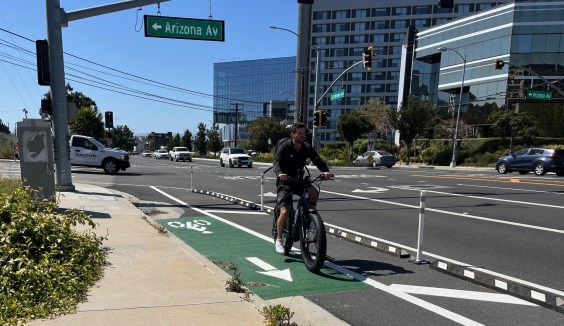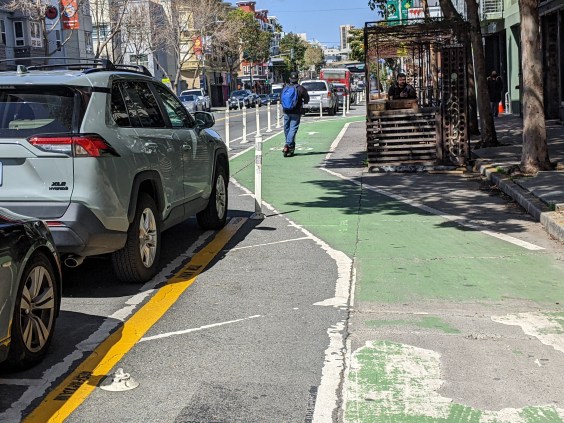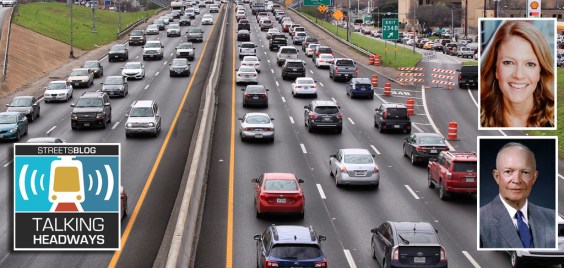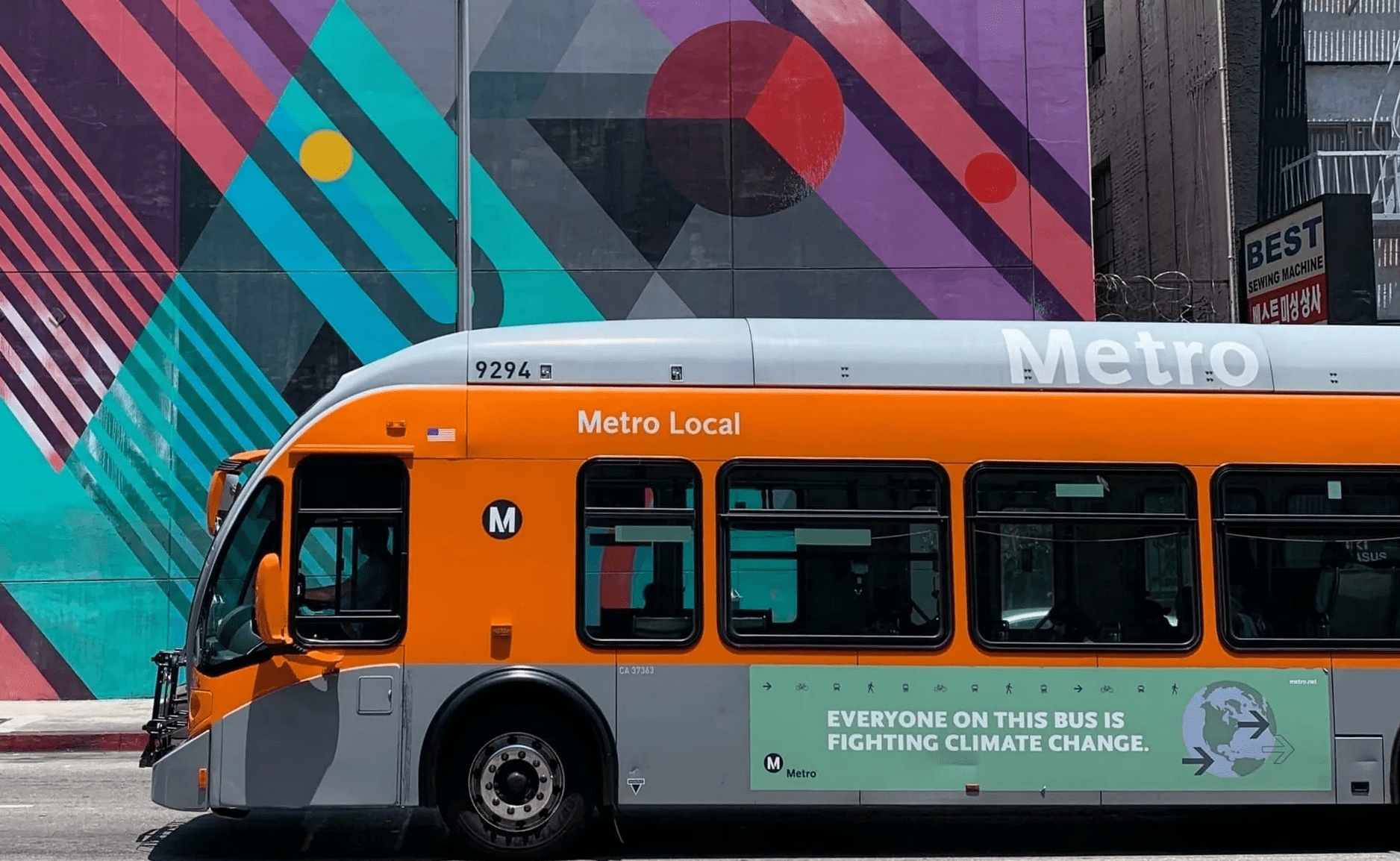Uber Can’t Replace Transit — Here Are 3 Reasons Why
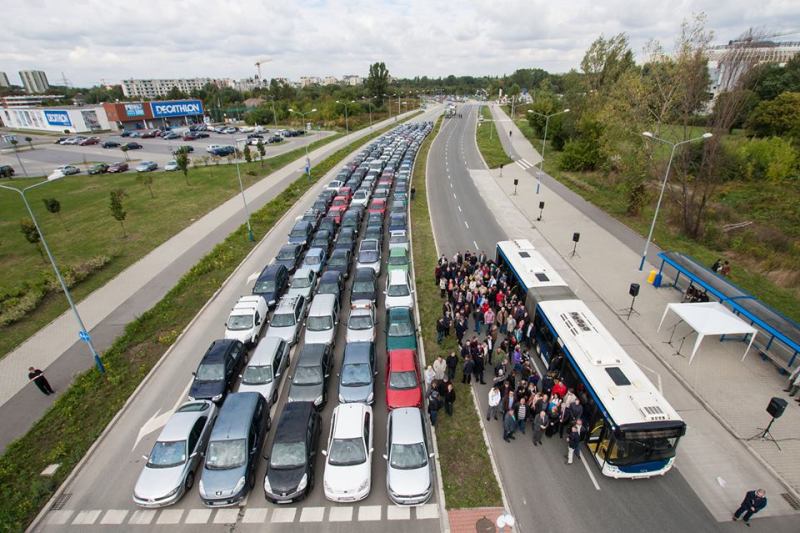
Cars consume a lot more space to move the same amount of people as a bus. Photo: Solaris Bus and Coach
Stay in touch
Sign up for our free newsletter
More from Streetsblog California
Eyes on the Street: Recent Centinela Bike Lanes in Culver City
The new partially-protected Centinela facility is a welcome safety upgrade for a stretch that long lacked any type of bikeway, but the area remains not all that bike-friendly
Commentary: Making Valencia Better for Business
Curbside protected bike lanes with curbside parklets deliver on much-needed economic benefits for merchants while ensuring safety for all
The Dawn of the ‘Non-Driver’ Movement: A Conversation with Anna Zivarts
"At the end of the day, there are going to be folks who still can't drive and can't afford to drive — and there are still going to be a lot of us."
Talking Headways Podcast: Highway Fighting in Texas
Jeff Wood talks to Megan Kimble about an amazing footnote to the creation of the Interstate Highway system.
Thursday’s Headlines
Top climate scientists are alarmed but determined; Growing local transit, making it safe; Planning for car-free cities; What Malibu is doing to make PCH safer; More
